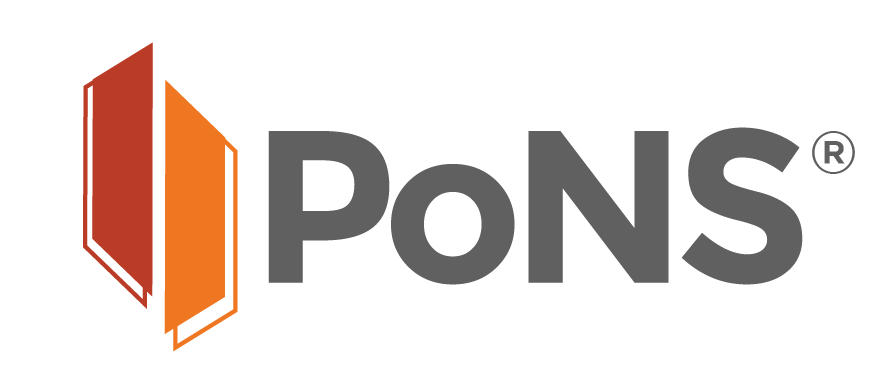Walk Stronger with MS:
Reduce the Costs, Reclaim Your Steps

Living with MS: The Hidden Costs Add Up
If you’re one of the nearly 1 million Americans living with multiple sclerosis (MS)1, you know that it’s more than a diagnosis — it’s a daily reality that can affect your independence, mobility, and finances.
MS can hit when people are in the prime of their careers, and it’s three times more likely to affect women.1 The result? Many people experience challenges with work, income, and daily living — while family members often step in to help as unpaid caregivers, which can disrupt their jobs too.
A systematic review found that the total healthcare costs for MS, including both medical bills and lost productivity, can range from $7,480 to $43,796 per person every year.2
- Direct costs (things like medications and doctor visits) make up 77% of that total—with prescription meds alone accounting for about half of direct expenses.2
- Indirect costs, like missed work, lower income, and extra caregiving needs, make up the other 23% — and can be just as stressful for families.2
When you consider all of this, MS ranks as one of the most costly health conditions in the US—even more expensive than COPD, coronary artery disease, or diabetes when it comes to direct medical spending.2
Why Gait and Balance Matter
While MS often isn’t life-threatening on its own, it can have a big impact on how you move through daily life. For many people, walking challenges are among the most frustrating parts of living with MS—making it harder to get around safely, stay active, or keep working. Over time, this can add to those indirect costs like lost wages or family caregiving.

A New Path: How PoNS Therapy® Can Help
If you’re struggling with a gait deficiency caused by your MS, you don’t have to face it alone. PoNS Therapy is a non-surgical, wearable device that works together with physical therapy to help improve gait/walking ability in patients with MS.
By gently stimulating the nerves on the patient’s tongue during targeted rehab exercises, PoNS® evokes a process known as neuroplasticity, which helps to retrain the brain and body to move more steadily. That means more steps, more confidence—and more control over your day.
You May Not Have to Pay for It All Out of Pocket
If you think PoNS could help you, here’s some good news: more people are starting to get their device covered through private insurance. In fact, the following major insurers have recently authorized out-of-network claims for PoNS:
- United HealthCare
- Aetna
- Anthem
- Anthem Multiplan
- Cigna Health
Getting PoNS covered for yourself is possible–you just need to know the right steps.
How to Get PoNS Therapy Covered
- Connect with the PoNS Team to get started
Interested in PoNS? Fill out our contact form, and a PoNS team member will reach out to you to discuss the PoNS process and how you can get started on your reimbursement journey - Discuss PoNS with your doctor
With your doctor, discuss PoNS and why you believe the therapy is a good fit for you–you can utilize our doctor discussion guide for a more efficient conversation.
- Get a prescription from your doctor
Once you and your doctor have aligned on your need for PoNS Therapy, its time to get a prescription from your doctor. Ask them also for a letter of medical necessity, which serves as a written justification for why the therapy is crucial for your MS! - The PoNS Team submits your claim
Once the prescription is written, reach out to us, and we will submit your PoNS claim to your private insurer, sharing the prescription and letter of medical necessity from your doctor as the basis for the claim. Contact us if any additional needs pop up during the process!
With the right support, you can make a strong case for coverage, and focus on what matters most: getting back to your life.
Take the Next Step
MS is costly—but losing your mobility costs even more. If walking challenges are holding you back from life, PoNS Therapy may help you reclaim your steps your confidence in your own independence.
Take the first step today — and Get Back In Stride With Life.
Individual results and experiences may vary. Talk to your doctor to see if PoNS is right for you.
References:
Norton MC, LaRocca N, Mariotto A, et al. The economic burden of multiple sclerosis in the United States. Neurology. 2022;98(18 Supplement). doi:10.1212/WNL.0000000000200150
Marrie RA, Elliott L, Marriott J, Cossoy M, Tennakoon A, Yu N. The cost burden of multiple sclerosis in the United States (US): a systematic review of the literature (P03.207). Neurology. 2013;80(7 Supplement):P03.207. doi:10.1212/WNL.80.7_supplement.P03.207
